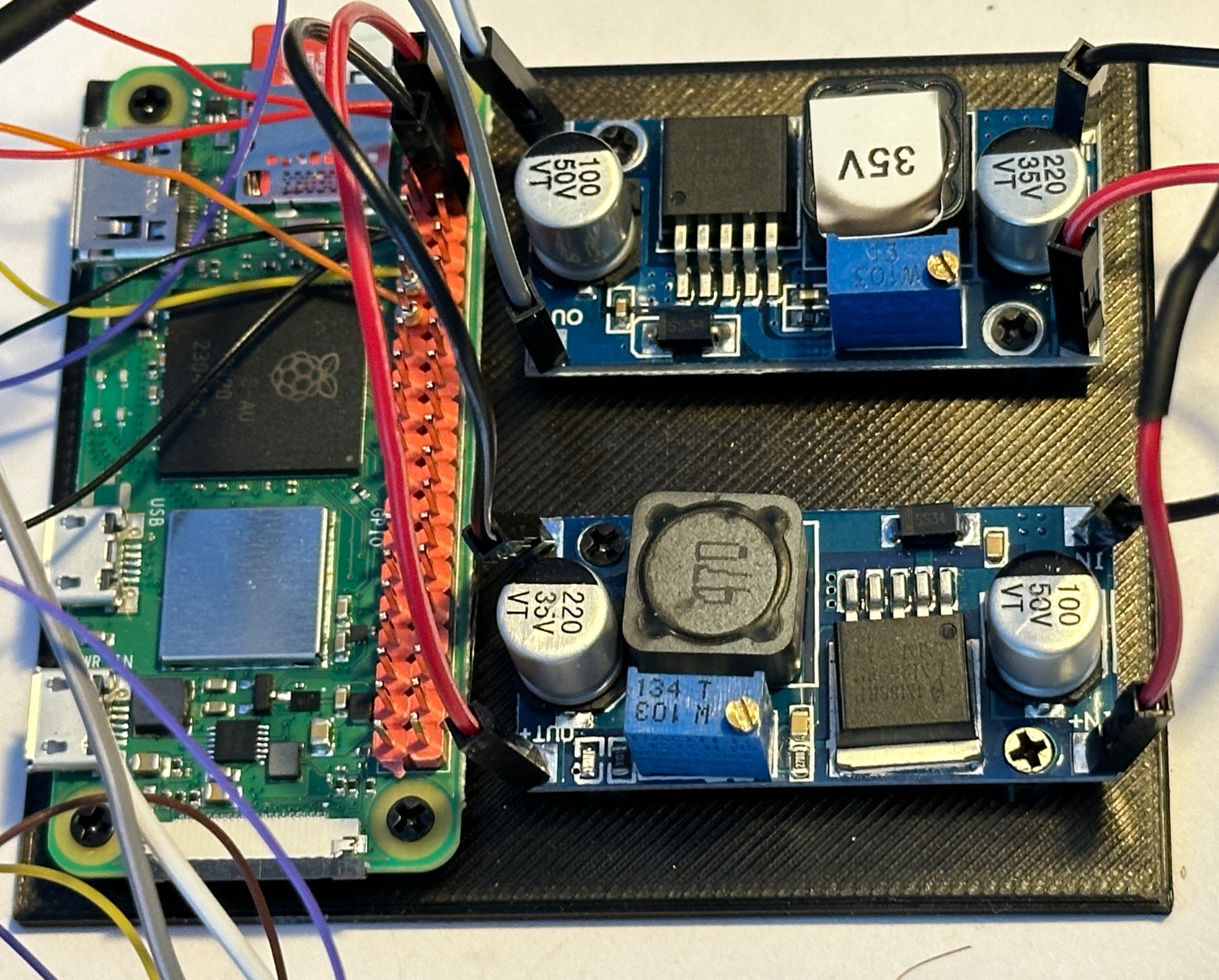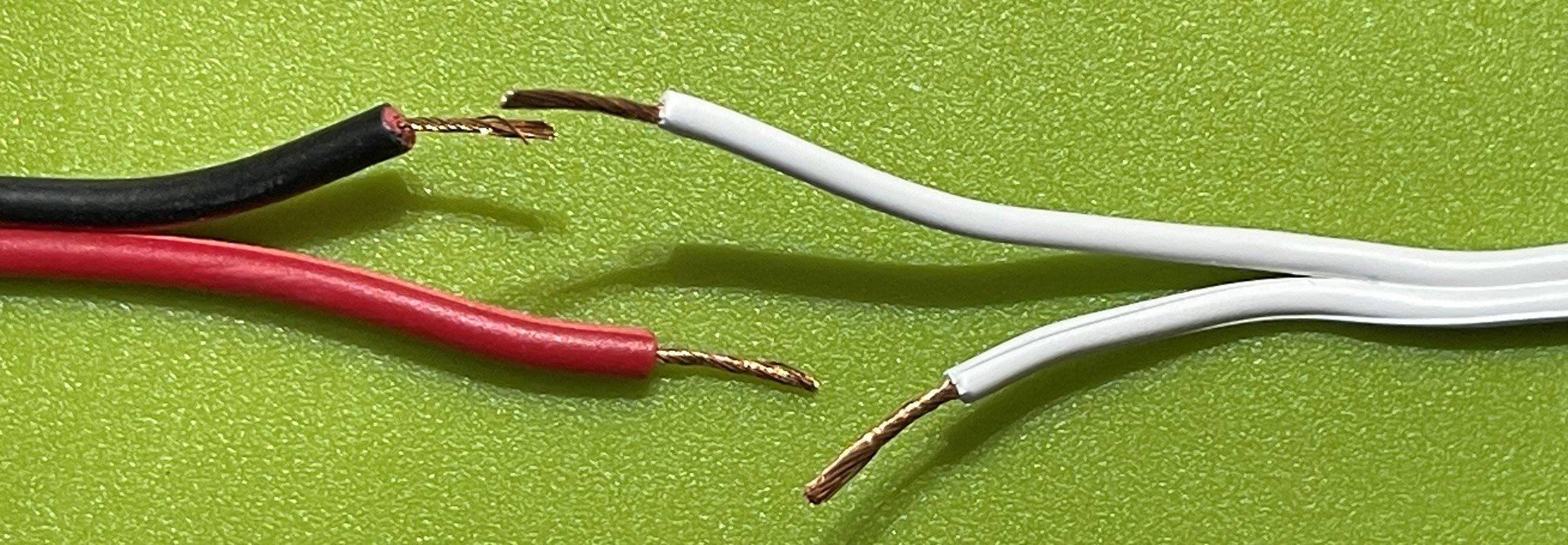Four years ago I got myself a “proper” desktop PC. With help from number one son I specified a beefy processor, speedy motherboard, oodles (for the time) of RAM and a fast SSD.
Over the last few months it’s been slowing down though. The first thing that happened was that I noticed I was running out of memory. Mainly due to the penchant of some browsers (I’m looking a you here Chrome) for finding out how much memory you have and then trying to use all of it. The second thing that happened was that I ran out of space on my main disk so Windows 10, without asking, moved my swap drive onto a hard disk that I was using to store files. These two things together meant that I would get lots of hard disk rattlage when moving between applications and if I decided to run Chrome and Lightroom together the resulting ram turf war brought the machine to its knees.
So today I shut the machine down, popped the lid off and dropped in a couple of slabs of memory and a new internal SSD. The SSD uses a new connection - M2. I’d bought an expansion card that I could use to link my new drive to the bus in my motherboard, only to discover when I actually opened the box that my motherboard already has interfaces for this kind of drive. Oh well, the card can go back to Amazon.
Once the chips were down (as it were) I unplugged all the other disk drives, fired up the system and did a brand-new Windows 10 install. That went a treat. I had a working system before my cup of tea had cooled down. Once I’d got Windows working I then plugged in the other disk drives and put the case back together.
This is kind of cunning, in that my original system disk is still running so I can boot from there at a pinch if I really need something from the old installation. It is also kind of not cunning, in that I’ll have to install all my applications and files onto the new disk drive. I’ve started doing that now, with most stuff being on Onedrive it shouldn’t take too long.
First impressions are that the machine is much more sprightly.






























